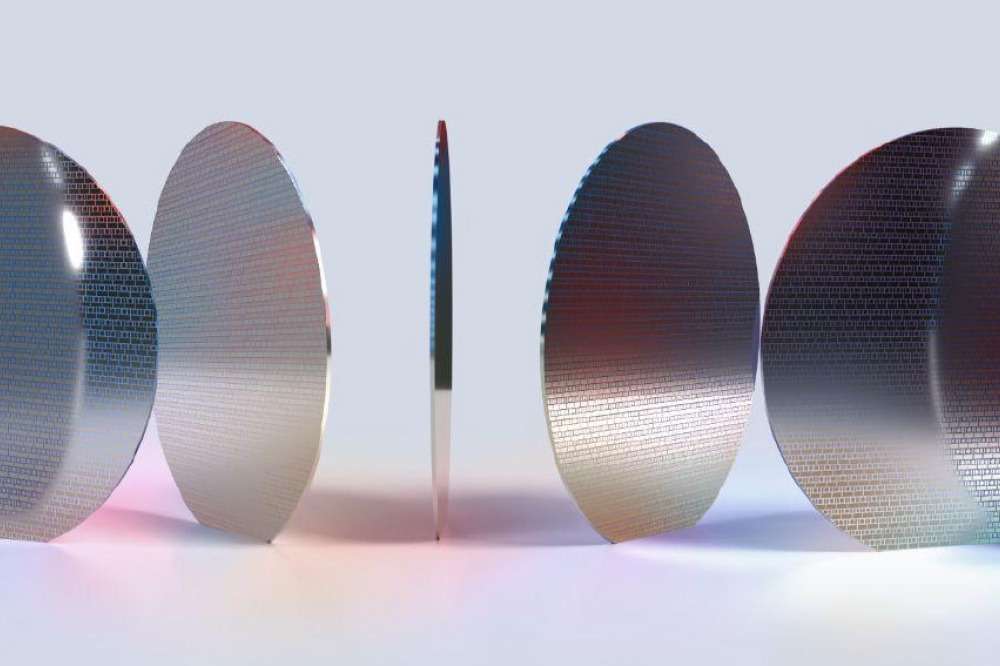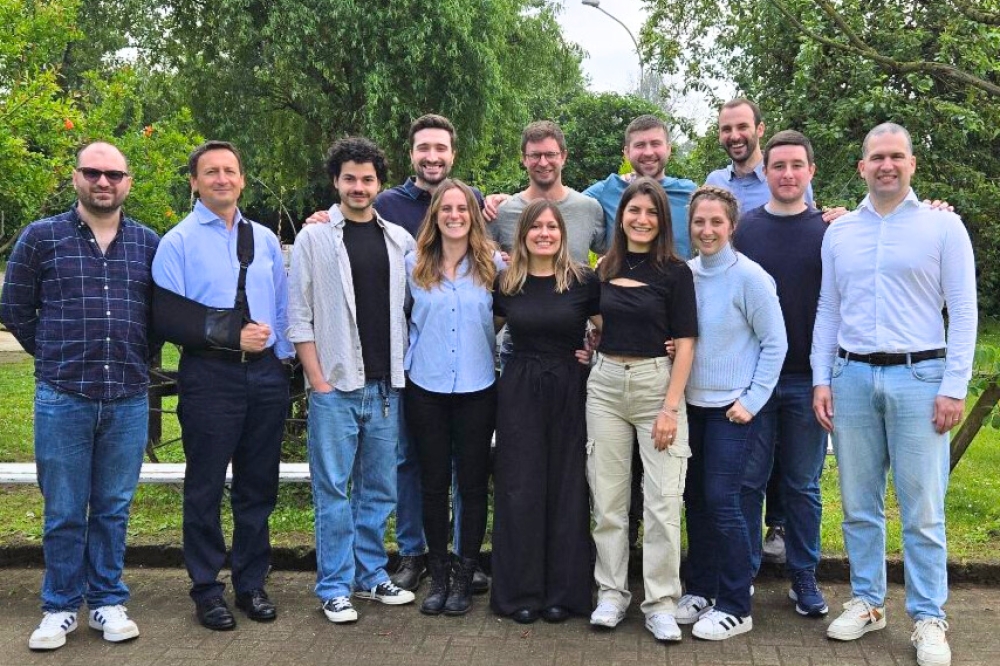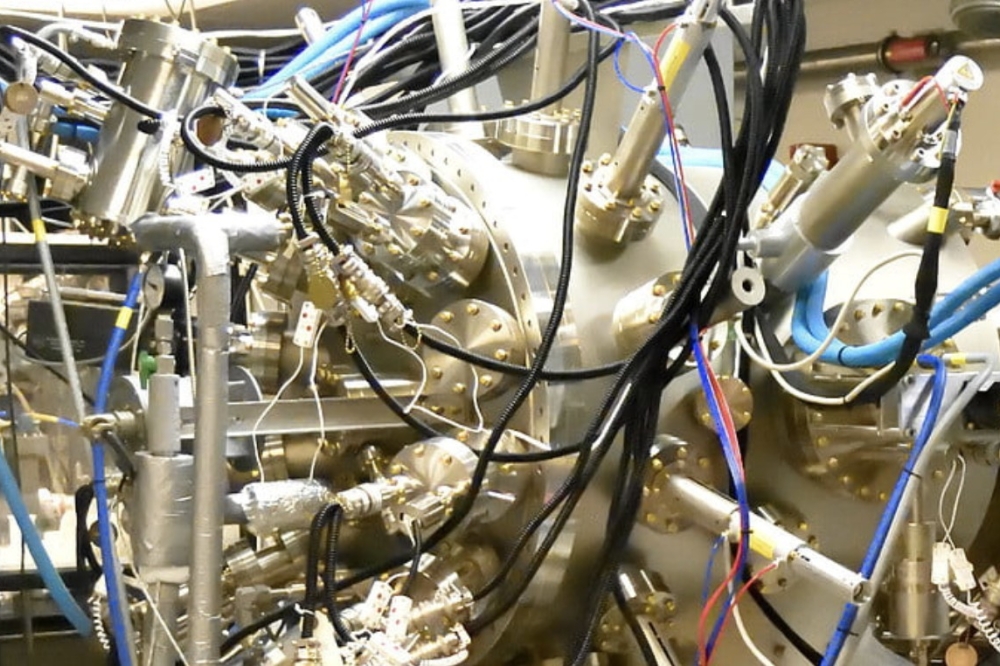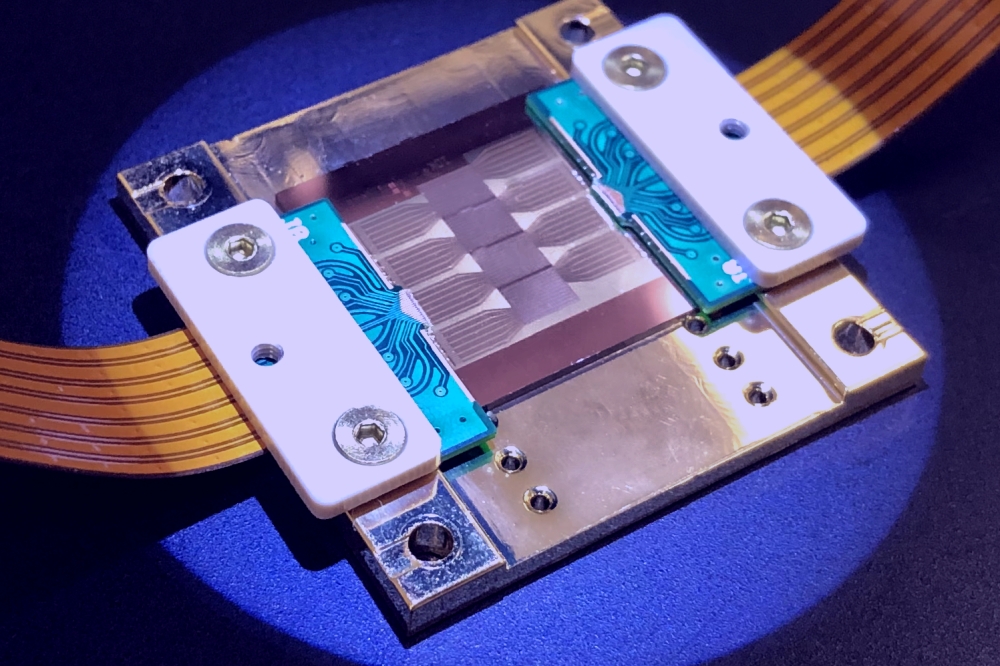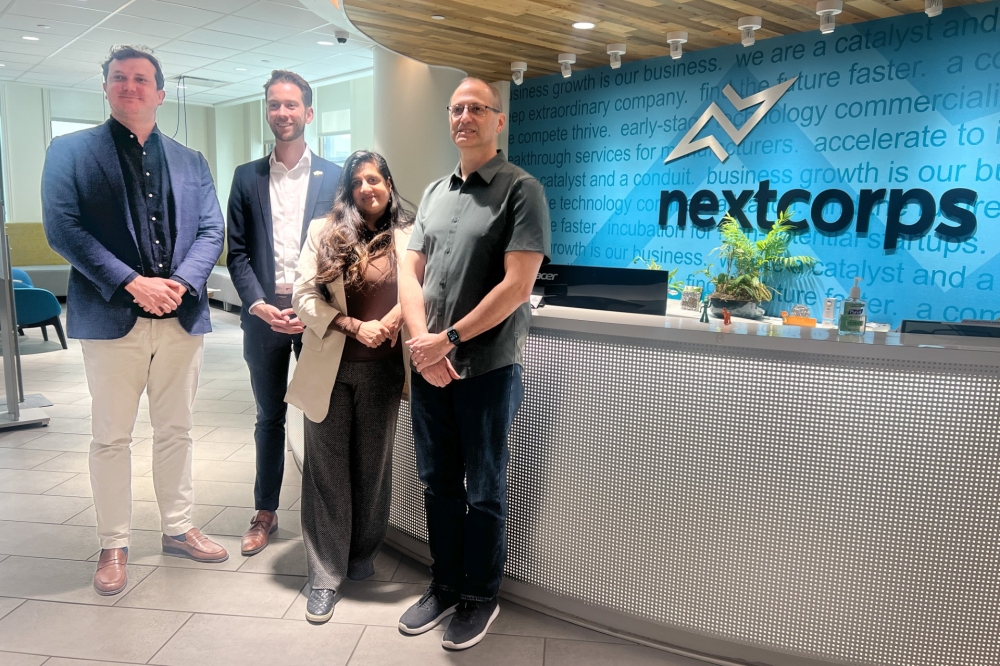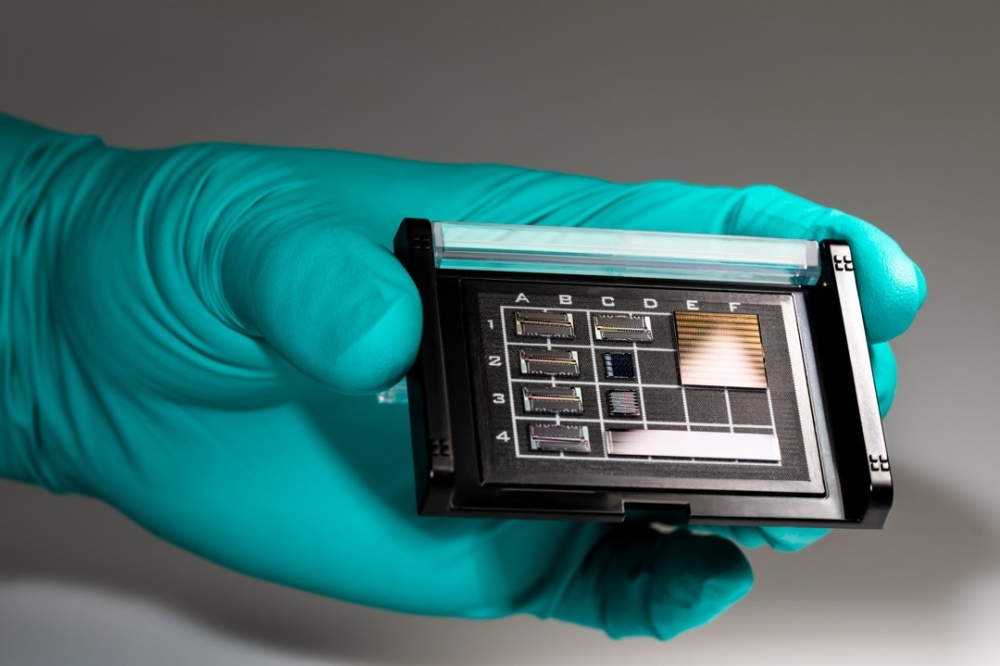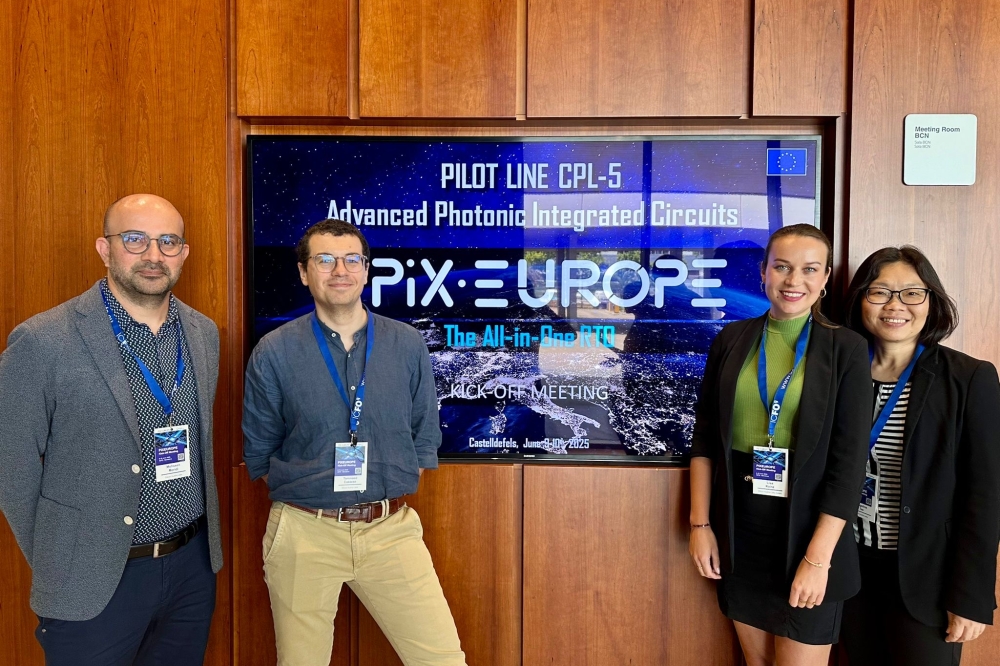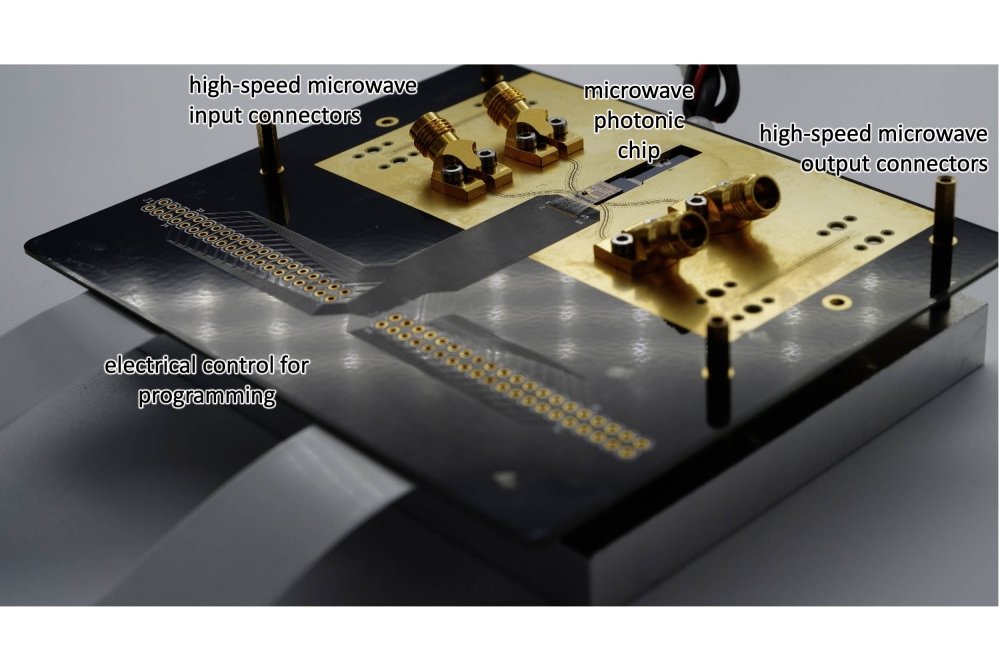Controlling light with a novel metamaterial

In a new paper in Nature, researchers describe the development of a new type of metamaterial exhibiting properties that makes it effective for controlling light propagation, which could be used to enable advances in future PICs
A research team led by scientists from the Hong Kong University of Science and Technology (HKUST) has reported the development of a novel method for controlling light. The paper, published in Nature, describes the use of gyromagnetic double-zero-index metamaterials (GDZIMs) – a new optical extreme-parameter material. This discovery could revolutionise fields like optical communications, biomedical imaging, and nanotechnology, enabling advances in integrated photonic chips, high-fidelity optical communication, and quantum light sources, the researchers say.
GDZIMs are a unique type of optical metamaterial with properties that reside precisely at the critical transition point between two different photonic topological phases and can manipulate light in ways previously thought impossible. Unlike conventional materials, GDZIMs exhibit zero electric permittivity and unique magneto-optic property that allow stable generation of optical spatiotemporal vortices – patterns of light that swirl in space and time. According to the researchers, this makes them exceptionally effective for controlling light propagation, which is crucial for many advanced technologies.
By constructing a magnetic photonic crystal and tuning the parameters to the critical phase transition point, the study authors say they realised this metamaterial for the first time. Using microwave real-time field-scanning systems, they further demonstrated that when a light pulse hits a GDZIM slab, it reflects as a spatiotemporal vortex – an exotic type of light wave-packet exhibiting a simultaneous swirling structure in space and time and carrying transverse orbital angular momentum.
Their study reports that the generation of this light vortex stems from GDZIM’s intrinsic topological properties, thereby ensuring exceptional stability regardless of the material’s size or surrounding environment. This development could lead to significant improvements in optical technologies, such as faster and more secure communication systems.
“This research bridges three important areas of physics: metamaterials, topological physics, and structured light fields,” said Chan Che-Ting, chair professor in the Department of Physics at HKUST, who co-led the study. “It establishes a conceptually new mechanism for manipulating light structures in space-time based on the nontrivial topological properties of metamaterials. These findings open doors to high-precision optical devices with a wide range of applications that we have only begun to explore.”
Zhang Ruoyang, visiting scholar in the Department of Physics at HKUST, who co-led the work, added: “The stability of these light vortices is remarkable. It provides a solid foundation for developing advanced materials and technologies that could transform industries like telecommunications and high-performance optical circuits.”
GDZIMs have many potential applications in different fields. Not only can they help create small integrated photonic chips that improve communication by minimising interference, but they can also lead to novel handedness-selective light sources for advanced technologies. Moreover, their unique mechanism for generating light vortices presents a promising approach toward long-distance, high-capacity spatial optical information transmission, potentially advancing both the speed and security of optical network communications.






